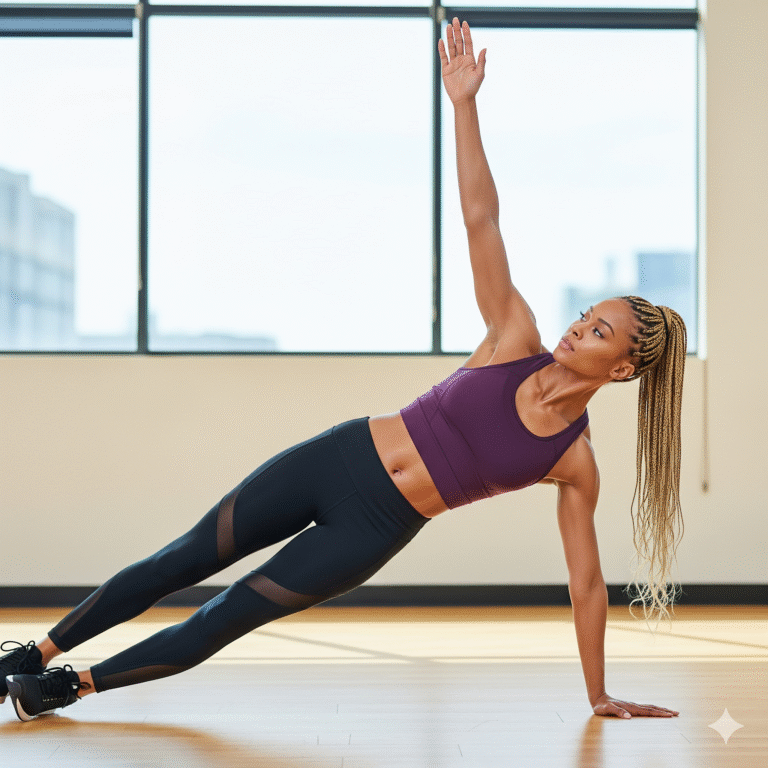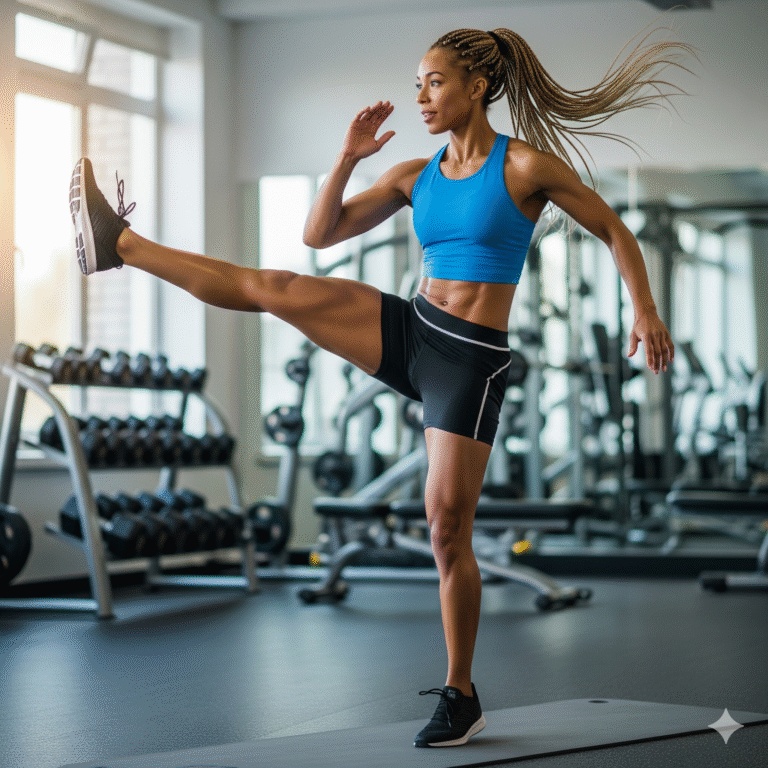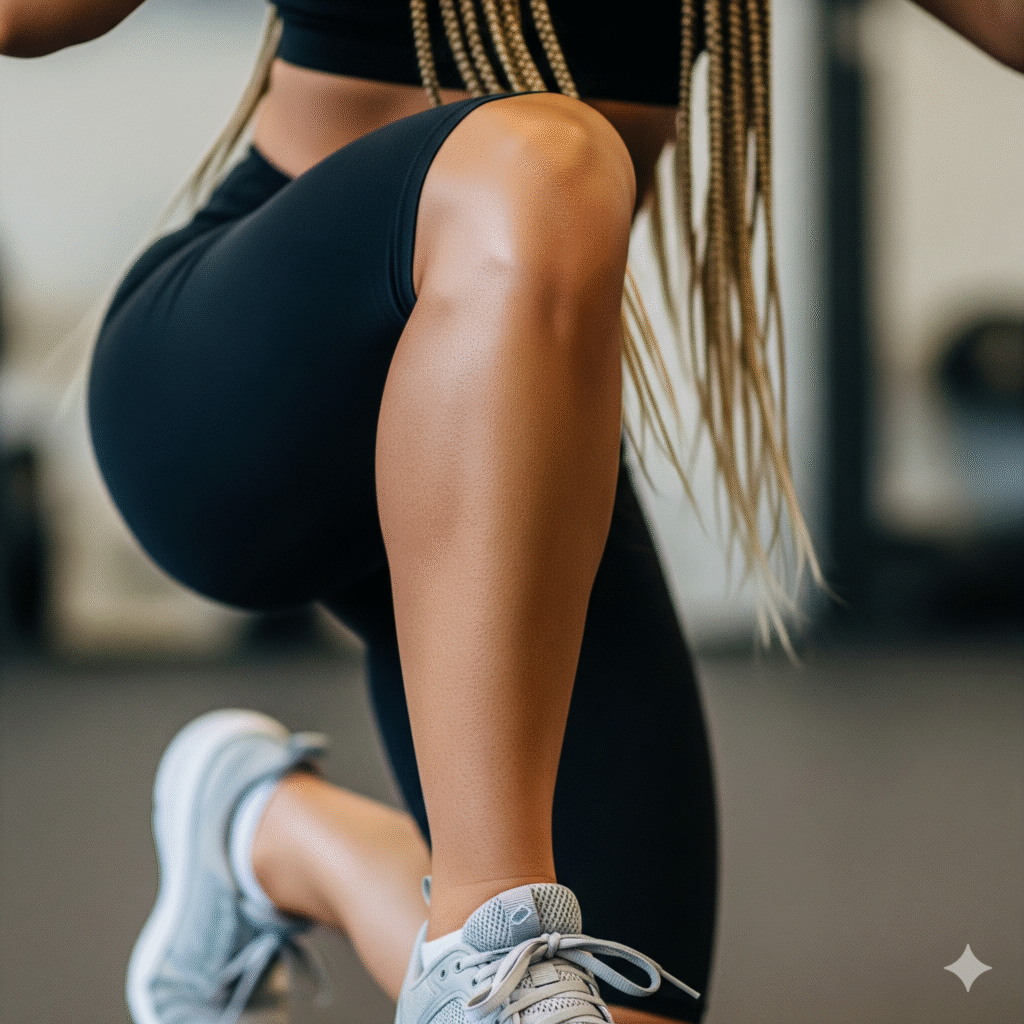High Jump Injury Prevention: High jump is a dynamic and demanding athletic event that requires a combination of speed, strength, and technique. However, the intense physical demands can lead to various injuries if proper preventive measures are not taken. This article focuses on targeted strengthening exercises that help high jumpers avoid common injuries, promoting longevity and peak performance in the sport.
The unique mechanics of high jump—the rapid acceleration during approach, powerful single-leg takeoff, and the twisting motion required for the Fosbury Flop—place significant stress on an athlete’s body. Ankle sprains, knee injuries, lower back pain, and hamstring strains are particularly common among high jumpers. These injuries not only hinder performance but can also lead to extended periods away from training and competition.
By incorporating specialized strengthening exercises into their training regimen, athletes can build resilience in vulnerable areas, correct muscle imbalances, and develop the stability needed for safe and effective jumping. Whether you’re a competitive high jumper or a coach guiding athletes, understanding and implementing these injury prevention strategies is essential for long-term success in this technically demanding event.
High Jump Injury Prevention: Strengthen the Core Muscles
A strong core is the foundation of injury prevention for high jumpers. The core muscles—including the abdominals, obliques, and lower back—play a crucial role in stabilizing the body during each phase of the jump. When these muscles are weak, the spine becomes vulnerable to excessive stress, particularly during the arched position of the Fosbury Flop technique.
Core strength directly influences a jumper’s ability to maintain proper body positioning throughout the approach, takeoff, and bar clearance. Research has shown that athletes with greater core stability demonstrate better control during technical movements and experience fewer injuries. For high jumpers specifically, a strong core helps transfer power efficiently from the lower body through the torso, allowing for more controlled and powerful jumps.
Developing core strength isn’t just about performing endless crunches. A comprehensive approach should target all the muscle groups that comprise the core, working them from multiple angles and in functional patterns that mimic the demands of high jumping.
- Incorporate planks and side planks to build endurance in the abdominal and lower back muscles. Begin with 30-second holds and gradually increase duration as strength improves. For advanced athletes, adding limb movements during planks creates additional stability challenges.
- Perform Russian twists and bicycle crunches to enhance rotational strength and balance. These exercises specifically target the obliques, which are essential for controlling rotation during the takeoff and flight phases of the jump. Aim for 3 sets of 12-15 repetitions, focusing on quality movement rather than speed.

High Jump Injury Prevention: Enhance Lower Body Strength
The lower body bears the brunt of the force during high jump, making it particularly susceptible to injury. The explosive nature of the takeoff places tremendous stress on the ankles, knees, and hips. Without adequate strength in these areas, the risk of acute injuries like sprains and strains increases significantly, as does the potential for overuse injuries such as tendinitis or stress fractures.
Building balanced strength throughout the lower extremities is essential for high jumpers. This means not only focusing on the primary movers—the quadriceps and calves—but also developing the often-neglected posterior chain muscles like the hamstrings and glutes. Neglecting these posterior muscles can create imbalances that alter biomechanics and predispose athletes to injury.
Lower body strengthening exercises should progressively increase in intensity and complexity as the athlete develops. Beginning with basic bodyweight movements and gradually adding resistance allows for proper technique development while building the necessary strength foundation.
- Squats and lunges to develop quadriceps, hamstrings, and gluteal muscles. Start with bodyweight versions before progressing to weighted variations. Single-leg versions such as Bulgarian split squats are particularly valuable as they mimic the unilateral loading pattern of the high jump takeoff. Perform 3-4 sets of 8-12 repetitions, focusing on proper form and controlled movement.
- Calf raises and deadlifts to strengthen the calves and lower back, ensuring a solid foundation for explosive movements. Alternate between double and single-leg calf raises to address potential imbalances between legs. For deadlifts, focus on the Romanian deadlift variation to target the posterior chain effectively. Start with lighter weights to master the hip-hinge pattern before progressing to heavier loads. Aim for 3-4 sets of 8-10 repetitions for deadlifts and 15-20 repetitions for calf raises.

High Jump Injury Prevention: Improve Flexibility and Mobility
Flexibility and mobility are often overlooked aspects of injury prevention for high jumpers, yet they are critical for both performance and safety. Limited range of motion in key joints like the hips, ankles, and shoulders can force the body to compensate during the complex movements of high jump, creating stress on other structures and increasing injury risk.
Flexibility refers to the ability of muscles to lengthen, while mobility encompasses the freedom of movement around a joint. High jumpers need both: flexible muscles allow for efficient power generation and absorption of landing forces, while mobile joints enable the body positions required for effective bar clearance. The arched back position of the Fosbury Flop technique, in particular, demands excellent spinal mobility.
A systematic approach to flexibility and mobility training should be incorporated into every high jumper’s routine. This includes both dynamic exercises before training to prepare the body for movement and static stretching after sessions to maintain and improve overall flexibility.
- Dynamic stretching routines such as leg swings and hip circles to prepare muscles for intense activity. These movements gradually increase the range of motion while elevating core temperature and increasing blood flow to working muscles. Perform these movements for 30-60 seconds each as part of your warm-up routine, focusing on controlled, rhythmic movements rather than bouncing or jerking.
- Yoga and static stretching to enhance overall flexibility and aid in muscle recovery. Poses that target the hip flexors, hamstrings, and lower back are particularly beneficial for high jumpers. Hold static stretches for 30-60 seconds after training when muscles are warm, breathing deeply and relaxing into each stretch without bouncing. Consistency is key—aim for at least 2-3 dedicated flexibility sessions per week in addition to post-workout stretching.

Preventing injuries in high jump requires a comprehensive approach that includes targeted strengthening exercises, flexibility training, and plyometric conditioning. By integrating these routines into their training programs, high jumpers can build the necessary strength and resilience to perform at their best while minimizing the risk of common injuries.
The exercises outlined in this article address the specific demands placed on a high jumper’s body, from the core stability needed to maintain proper positioning in the air to the lower body strength required for powerful takeoffs. By systematically developing these physical attributes, athletes create a solid foundation that supports both technical development and injury prevention.
It’s important to note that injury prevention is not a one-size-fits-all approach. Individual athletes may have specific weaknesses or imbalances that require personalized attention. Working with qualified coaches, athletic trainers, or physical therapists to assess movement patterns and identify potential areas of concern can further enhance an injury prevention strategy.
Consistency is perhaps the most critical factor in any injury prevention program. These exercises should be incorporated regularly throughout both the competitive season and off-season training cycles, with appropriate modifications based on training phase and competition schedule. By making injury prevention a priority rather than an afterthought, high jumpers can enjoy longer, more successful careers and reach their full potential in this challenging and rewarding event.

